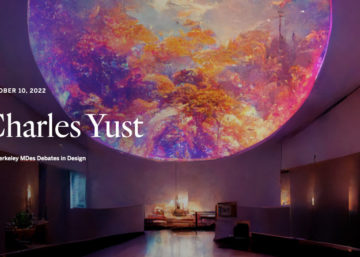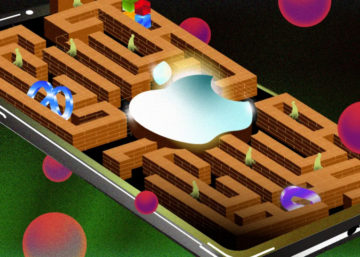On Friday October 26th 2018, I presented our IKEA AR project at XD Immersive, and on Tuesday October 30th I presented our SFMOMA AR project at XRDC. I met a bunch of interesting people and heard some intriguing presentations. The following are some things I learned about the current state of the industry.
- Lowe’s is an innovative AR/VR retail company. They were Fast Company’s most innovative AR/VR company of 2018. They are building DIY VR experiences for customers for tiling a bathroom or trimming hedges, have two ARKit apps for placing products in the home and measuring, using VR to train employees and have a patented method for scanning their 40,000 products into high fidelity 3D models. Their data shows that previewing products with AR in the home translates to 3-4x higher engagement and 5x purchase conversion.
- The VR trough of disillusionment is making headlines on the consumer/gaming side, but heavy investment still happening in enterprise XR. Some consumer XR development may switch to location-based experiences as hardware/software standardization evolves and consumer adoption picks up through more inexpensive headsets.
- Big companies are building XR capability internally as they have with web and mobile technology since it is being incorporated into existing apps. Target is slowly rolling out an internally-built AR feature to its mobile app this year.
- Stanford’s CHARIOT program is innovating in the use of immersive tech in pediatric practice. They have gathered enough data to know that the specific age groups, medical procedures, patient-types, and other factors determine when an AR, VR or other digital experience (projection, mobile) is most appropriate for administering anesthesia, pain distraction, etc… Other medical institutions are following their lead and findings as this technology is gaining adoption in the medical field.
- Games and XR experiences are beginning to gain FDA approval. Noah Falstein spoke about how in the past year more games are obtaining FDA approval, sometimes called Software as a Medical Device. He worked on MindMotion which is an FDA-cleared proprietary suite of products to enhance neurorehabilitation for hospital and home care. The day he spoke, the first HoloLens application by Novorad was cleared by the FDA which allows 3D imaging to be viewed as an overlay on the patient in real time.
- Data is showing that some XR experiences are trending toward mobile game benchmarks for session averages but also face obstacles in first-time user drop-off. Lucas Toohey of Observer Analytics presented some findings on the state of VR gameplay based on usage data they have been gathering. The longer an intro and instruction (onboarding) phase of a VR experience takes, the more it drives drop-off. 24% of users stop a VR experience after three minutes, but average session length is 25.5 mins and growing.
- The market opportunity for VR training is large and many people will be introduced to VR through workplace training. There was $362 billion spent on training of all kinds in 2017 and $122 billion on gaming. Strivr presented about how they are building VR applications to train people on everything from quarterbacking and downhill skiing to customer interactions. They sent 17,000 Oculus Gos to all Walmart stores and 1 million employees will be using the system.
- Boeing is pushing the technical limits of AR/VR hardware through pilot and maintenance training applications. They require the highest possible resolution, representing physical constraints, and most accurate control and UI. A quarter inch of inaccuracy in an AR/VR simulator can mean selecting the wrong button in a cockpit. Realtime hand tracking is still not there in systems like HoloLens and Meta, and most VR headsets still don’t have the resolution required to represent all information on a cockpit instrument panel accurately. That said, VR maintenance can save an airline tons of money since employees can get reps without needing to ground an airplane.
- XR automotive applications are part of the luxury car connected buying experience. An example of this is the work Zerolight did for Porsche. A customer can configure car customizations on the web at home, then go to a dealership to preview those customizations at full-scale in high fidelity while consulting a dealer. They have also been building high-end AR/VR demos for car shows, that allow for location based customization and product exploration.
- Evolution of this space has been, and will continue to be, a slow burn. This is more of a general observation and confirmed in some of the attendee conversations I had. Some VR game developers expected the industry to evolve, and be adopted faster than it did after the lofty predictions of market size a year or two ago. There are hurdles with hardware technology and cost, behavior (putting a headset on or holding up a phone as a portal), lack of standards and poor content. It is clear that the companies that are doing well think deeply about the user experience. They are simplifying interactions and making them more natural, test their applications exhaustively with a diverse set of users, and our sensitive to the physical environments, human-scale presence and psychology of their users. Owlchemy of Job Simulator and Rick and Morty’s Virtual Rick-ality fame spoke to this in multiple presentations.







